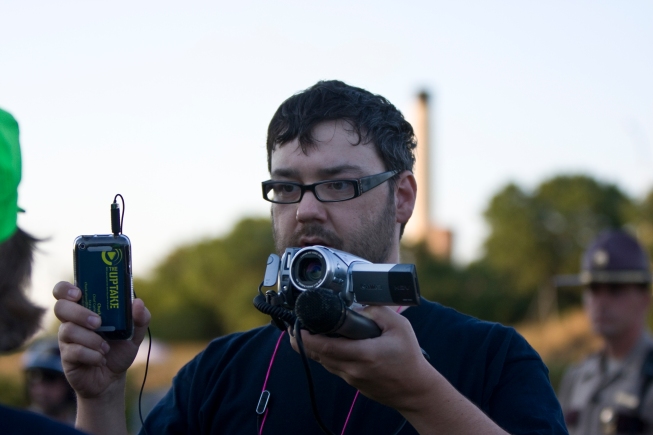Much has been written about the rise of ‘citizen journalists’, their influence enabled by the immediate connectivity of smart phones and social media.
Their potential as ‘on-the-ground’ sources of ‘as-it-happens’ information can be a double edged sword, as the ‘news’ they bring to light can go viral with little or no fact checking.
The best practice mainstream media approach to verify such information with due diligence before publishing, reinforced by MSM’s remote and often inaccurate coverage of Hurricane Sandy in 2012.
But what challenges do citizen journalists, empowered by the hyper-connectivity of Web 2.0, pose for public relations?
It’s a dynamic which has been discussed as early as 2005, when global PR firm Edelman detailed two sets of ramifications for PR practice, in promotion and crisis management.
“Citizens are no longer spectators. A new era has begun in which regular citizens can become reporters whenever they so desire, and by doing so contribute to public opinion,” Edelman declared, recommending practitioners expand their scope of promotional tactics. (Edelman, 2005)
Ten years later, firms like InsidePR have well and truly welcomed citizen journalists as an opportunity, suggesting PR operators keep track of an individual “with something to say, covers a subject on a consistent basis and moves on to being a contributor to larger and more influential sources”.
How PR practitioners respond to citizen journalists during times of crisis is infinitely more challenging, particularly when faced with those who live up to the reputation of ‘tweet first, ask questions later’.
Both dynamics could be seen unfolding during the 2014 Hazelwood Mine Fire – a chaotic situation rife with public confusion and misinformation – when a handful of citizen journalists became a thorn in the side for State Government communication teams.
A self proclaimed ‘Voices of the Valley’ social media presence (twitter account discontinued – originally authored by outspoken citizen Simon Ellis) began collating and publishing everything from front line eyewitness photos to speculative rumors circulating the Latrobe Valley throughout the unfolding smoke crisis.
As government departments and power industry persisted with a collaborative communication strategy to transmit consistent key public health messages (through a time consuming inter-departmental approval process) social media users turned to sources such as Voices of the Valley for ‘up to date’ information from the front line.
(It was a dynamic which had government communication teams reactively putting out spot fires of misinformation for weeks on end during the crisis. The government’s communication strategy was later came under scrutiny in the Hazelwood Mine Fire inquiry’s post-mortem)
Meanwhile, the above advice of InsidePR to engage citizen journalists of influence was being put into action by proactive environmental communicator Shaun Murray of Friends of the Earth.
Mr Murray was subsequently taken on board as the communications consultant for Voices, which had since grown to become a proactive community activist group, later authoring the controversial claim the mine fire lead to 11 deaths in the area, which became a large factor in the Labor government’s reopening of the Hazelwood mine fire inquiry.


![Jason Howie. Instagram and other social media apps [image]. Retrieved from: www.flickr.com](https://printerest14.files.wordpress.com/2015/05/7910370882_39d180fb66_z.jpg?w=513&h=384)



